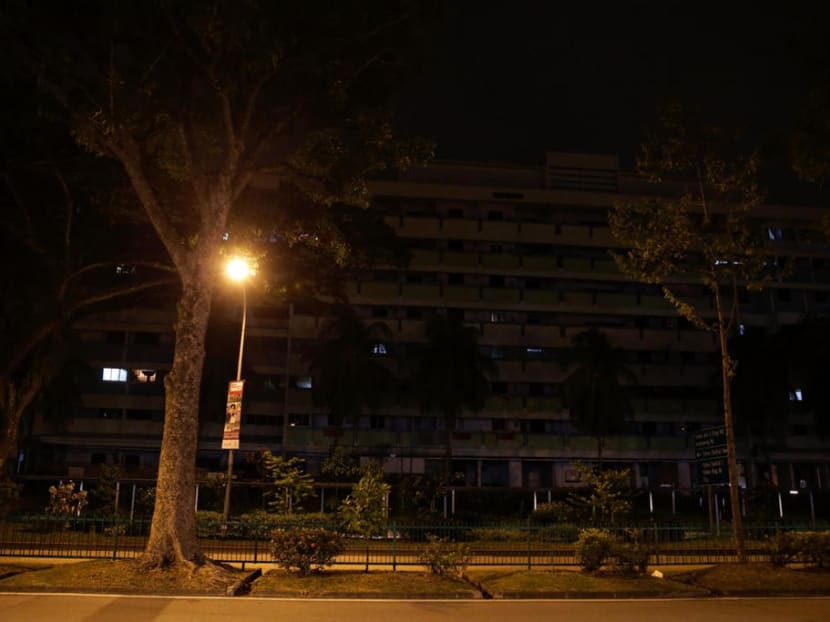Singapore’s power system ‘one of the most reliable’ in the world: Koh Poh Koon
SINGAPORE — With each consumer experiencing an average power disruption of 12 to 45 seconds annually between 2013 and 2017, Singapore has one of the most reliable and affordable electricity systems in the world, declared Senior Minister of State for Trade and Industry Koh Poh Koon.

During the blackout on Sept 18, backup power supply was deployed in the hospitals in affected areas during the recent blackout, preventing disruptions to their operations or patient care, Senior Minister of State for Trade and Industry Koh Poh Koon added.
SINGAPORE — With each consumer experiencing an average power disruption of 12 to 45 seconds annually between 2013 and 2017, Singapore has one of the most reliable and affordable electricity systems in the world, declared Senior Minister of State for Trade and Industry Koh Poh Koon.
In contrast, the average disruption experienced by consumers in other major cities such as Tokyo, New York, Hong Kong and London ranged between 4 and 34 minutes in 2015, revealed Dr Koh on Monday (Oct 1). He was responding to questions tabled by Members of Parliament (MPs) on the cause of the massive pre-dawn blackout on Sep 18.
Not only does the Republic have one of the world's most reliable and affordable electricity system, but Dr Koh also added that the liberalisation of the electricity market has not affected the reliability of electricity supply.
On Sept 21, the Energy Market Authority (EMA) announced the nationwide rollout of the Open Electricity Market initiative, which will allows consumers to pick an electricity retailer of their choice from Nov 1, following a successful pilot in Jurong.
"In fact, our electricity sector relies on both regulatory powers and market incentives to keep generation companies on their toes. Generation companies that do not maintain their sets will lose market share and face regulatory action by EMA," Dr Koh added.
EMA also regulates the infrastructure planning and maintenance regime of national grid operator SP PowerGrid to improve system reliability and minimise disruptions, noted Dr Koh.
Responding to a follow-up query on the recent blackout by Holland-Bukit Timah Group Representation Constituency MP Liang Eng Hwa, Dr Koh said said the Government "will not hesitate" in taking regulatory action — including issuing fines — if the two companies operating the generators are found to be negligent. Fines could be up to 10 per cent of the company's annual turnover or S$1 million, whichever is higher.
The Sep 18 blackout which hit 19 estates across the island was caused by power trips at the generator units at Sembcorp Cogen and Senoko Energy, he explained.
Even though the equipment had been maintained according to manufacturers' recommendations, he informed the House that the regulator has been working with the two generation companies and their original equipment manufacturers to establish the root cause of the equipment failures. He also assured MPs that Singapore's power system has enough spare capacity to cope with such incidents, as proven by how power was progressively restored within 15 minutes on Sept 18.
Noting the need to balance redundancy and assurance with cost imposed on consumers, he said the Republic's approach in planning the electricity grid system was a calibrated one — "with a certain level of redundancy at national grid level, coupled with a higher level of redundancy at the local level for critical systems".
He added that separate contingency plans are in place to ensure that critical services and infrastructure, such as lifts, traffic signalling systems and public hospitals, are able to deal with power outages on the national grid.
Public hospitals, for example, are provided with dual supply sources, with each able to provide back-up to the hospital if the other one fails.
So during the recent blackout, backup power supply was deployed in the hospitals in affected areas during the recent blackout, preventing disruptions to their operations or patient care, Dr Koh added. Telecommunication exchanges similarly did not experience any disruption as their back-up power supplies were activated.
EMA is working with the industry to review its processes for handling such events and also reviewing its system to ensure that there is sufficient capacity and contingency measures to handle any similar incidents in future, Dr Koh said.
Beyond sector-specific measures, EMA has been looking at technological solutions such as energy storage systems that can increase security and resilience at the system-level.
TIMELINE OF THE SEPT 18 BLACKOUT
At 1.17am, the first generator (managed by Sembcorp) tripped due to equipment failure, and the second generator (managed by Senoko) started ramping up additional supply as backup, but it also tripped a few seconds later due to failure of a different equipment component.
This led to a further shortfall in supply from the operating plants to meet demand, which caused the protection devices in the power system to kick in as designed by automatically disconnecting electricity to about 146,500 consumers to rebalance the system. About 130, 500 of them were households.
19 estates across the island — Boon Lay, Chua Chu Kang, Clementi, Jurong, Pandan Loop, Aljunied, Geylang, Tanjong Rhu, Mountbatten, Kembangan, Bedok, East Coast, Ang Mo Kio, Bishan, Thomson, Mandai, Admiralty, Sembawang and Woodlands — had their power cut.
To restore supply, EMA instructed other stand-by generating units, including unaffected units from Senoko and YTL PowerSeraya, to provide additional electricity supply.
Once these additional units came online after about 15 minutes, electricity supply was progressively restored.
While power was fully restored within 38 minutes at 1.56am, some consumers remained affected as the electrical equipment within their premises had to be manually reset.











